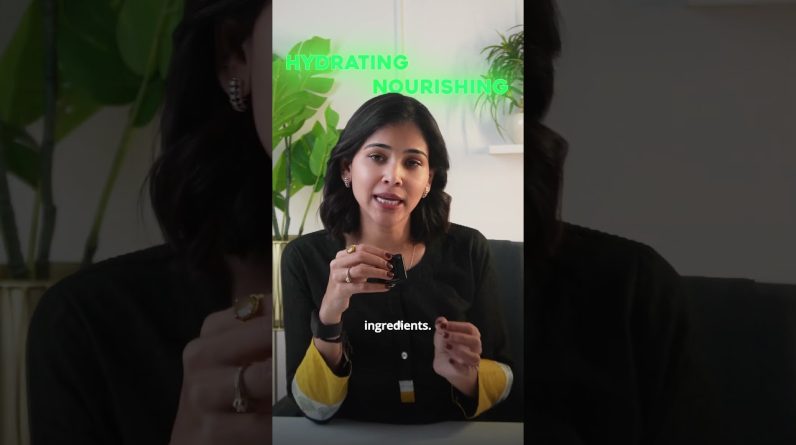Aloe vera is a succulent plant that is known for its medicinal properties. The gel inside the leaves of the aloe vera plant can be used to treat a variety of skin conditions, including sunburn, cuts, and scrapes. Aloe vera gel can also be used to soothe dry skin and eczema.
Care tips
Aloe vera plants are relatively easy to care for. Here are some tips:
Light: Aloe vera plants need bright, indirect light. Avoid placing them in direct sunlight, as this can scorch their leaves.
Water: Aloe vera plants are drought-tolerant and do not need to be watered often. Water your aloe vera plant deeply when the soil is completely dry.
Soil: Aloe vera plants prefer well-draining soil. You can use a cactus mix or create your own by mixing potting soil with sand or perlite.
Fertilizer: Aloe vera plants do not need to be fertilized often. Fertilize your aloe vera plant once a month during the growing season (spring and summer) with a balanced fertilizer diluted to half strength.
Repotting: Aloe vera plants grow slowly and do not need to be repotted often. When repotting, choose a pot that is one size larger than the current pot. Be careful not to overpot, as this can lead to root rot.
Propagation
Aloe vera plants can be propagated by division or by stem cuttings.
Division: To divide an aloe vera plant, remove it from the pot and gently separate the roots. Repot each division in its own pot and water well.
Stem cuttings: To propagate an aloe vera plant from a stem cutting, cut a 4-6 inch stem from a healthy plant. Make sure to cut at a 45-degree angle to maximize surface area. Allow the stem cutting to callous over for a few days before planting it in a well-draining potting mix.
Troubleshooting
Here are some common problems with aloe vera plants and how to fix them:
Brown leaves: Brown leaves can be caused by overwatering, underwatering, or pests. If you see brown leaves on your aloe vera plant, check the soil moisture level and inspect for pests. If you find pests, treat them with an insecticidal soap or neem oil.
Droopy leaves: Droopy leaves can be caused by underwatering or root rot. If you see droopy leaves on your aloe vera plant, check the soil moisture level. If the soil is dry, water your plant. If the soil is soggy, allow it to dry out completely before watering again.
No blooms: Aloe vera plants rarely bloom indoors. However, if you want to try to encourage your aloe vera plant to bloom, place it in a bright, sunny location and fertilize it regularly during the growing season.
Harvesting and using aloe vera gel
To harvest aloe vera gel, simply cut a leaf from the plant at the base. Use a sharp knife to remove the outer skin of the leaf. The gel inside the leaf is what you will use.
Aloe vera gel can be used fresh or it can be stored in the refrigerator for up to a week. You can also freeze aloe vera gel for up to 3 months.
To use aloe vera gel, simply apply it to the affected area. Aloe vera gel can be used to treat a variety of skin conditions, including sunburn, cuts, scrapes, dry skin, and eczema.
Aloe vera plants are beautiful and easy-to-care-for plants. With proper care, your aloe vera plant will thrive for many years to come.
X:
Pintrest:
#aloevera #succulent #medicinalplant #skincare #sunburn #cuts #scrapes #dryskin #eczema #propagation #troubleshooting #harvesting #using #plantcare #houseplants #indoorplants #easycareplants #gardening #plantsofinstagram #aloeveragel #aloeverabenefits #aloeveraplant #aloeveraskincare #aloeverarecipes #aloeverajuice #aloeveraDIY #aloeverafacemask #aloeveraftersun #aloeverasoothe #aloeveraheal #aloeveragrow #aloeveralove #aloeveraaddict #aloeveralifestyle #aloeveraforeverything
source








